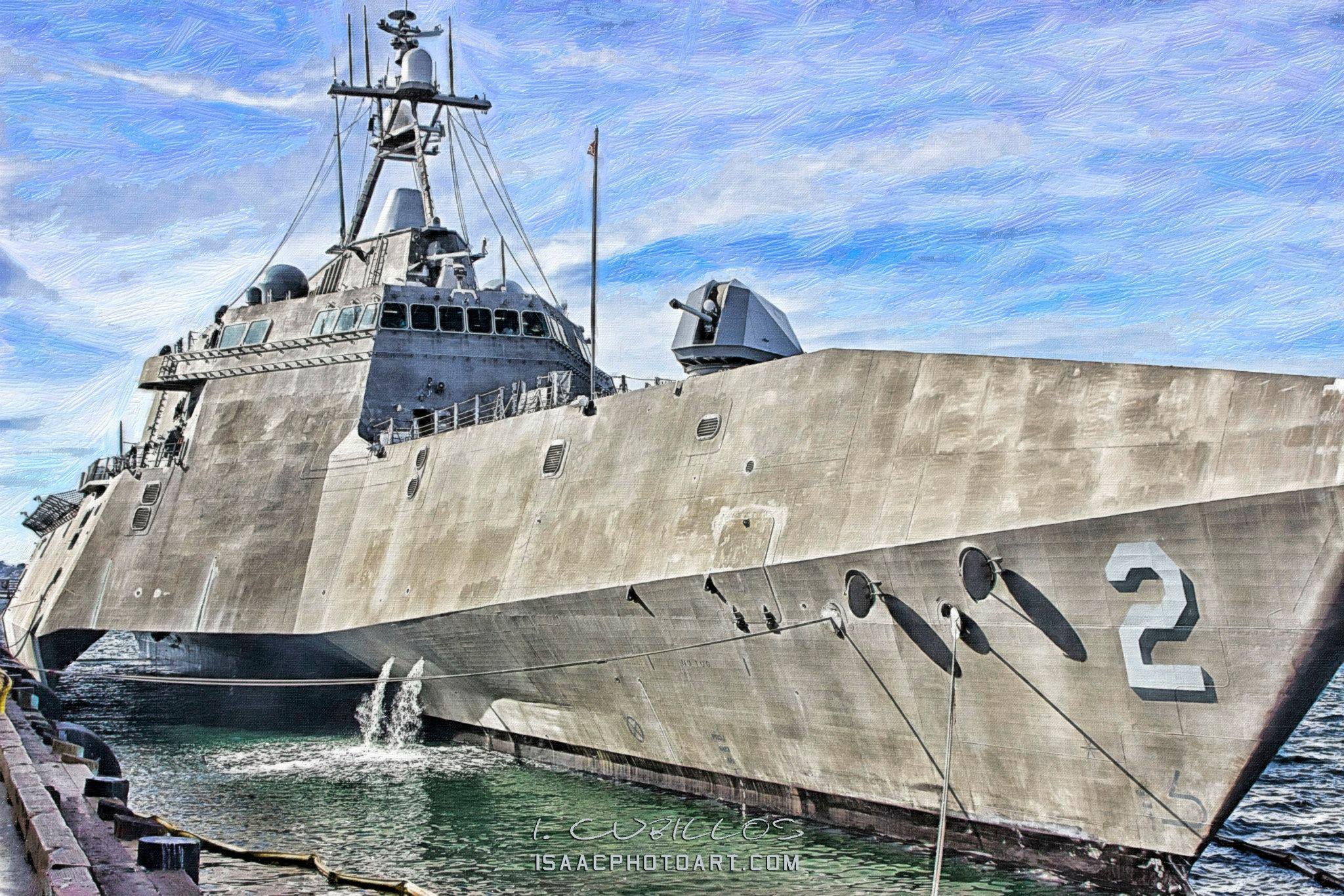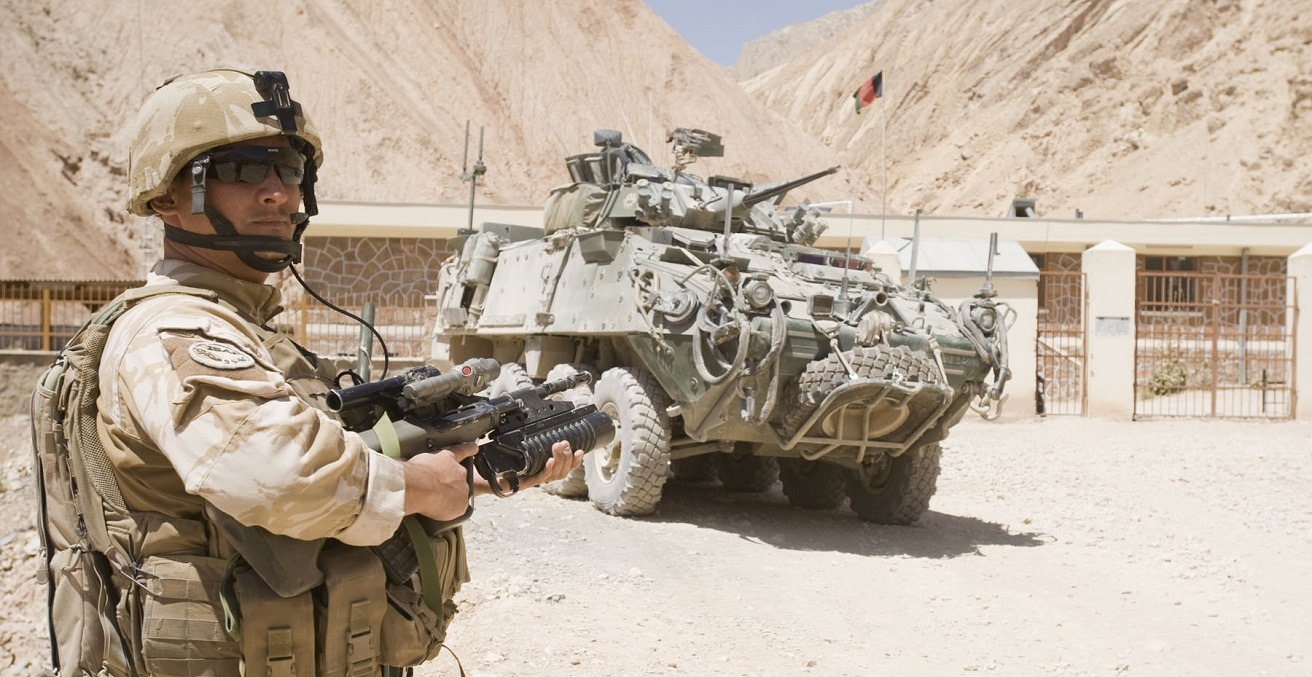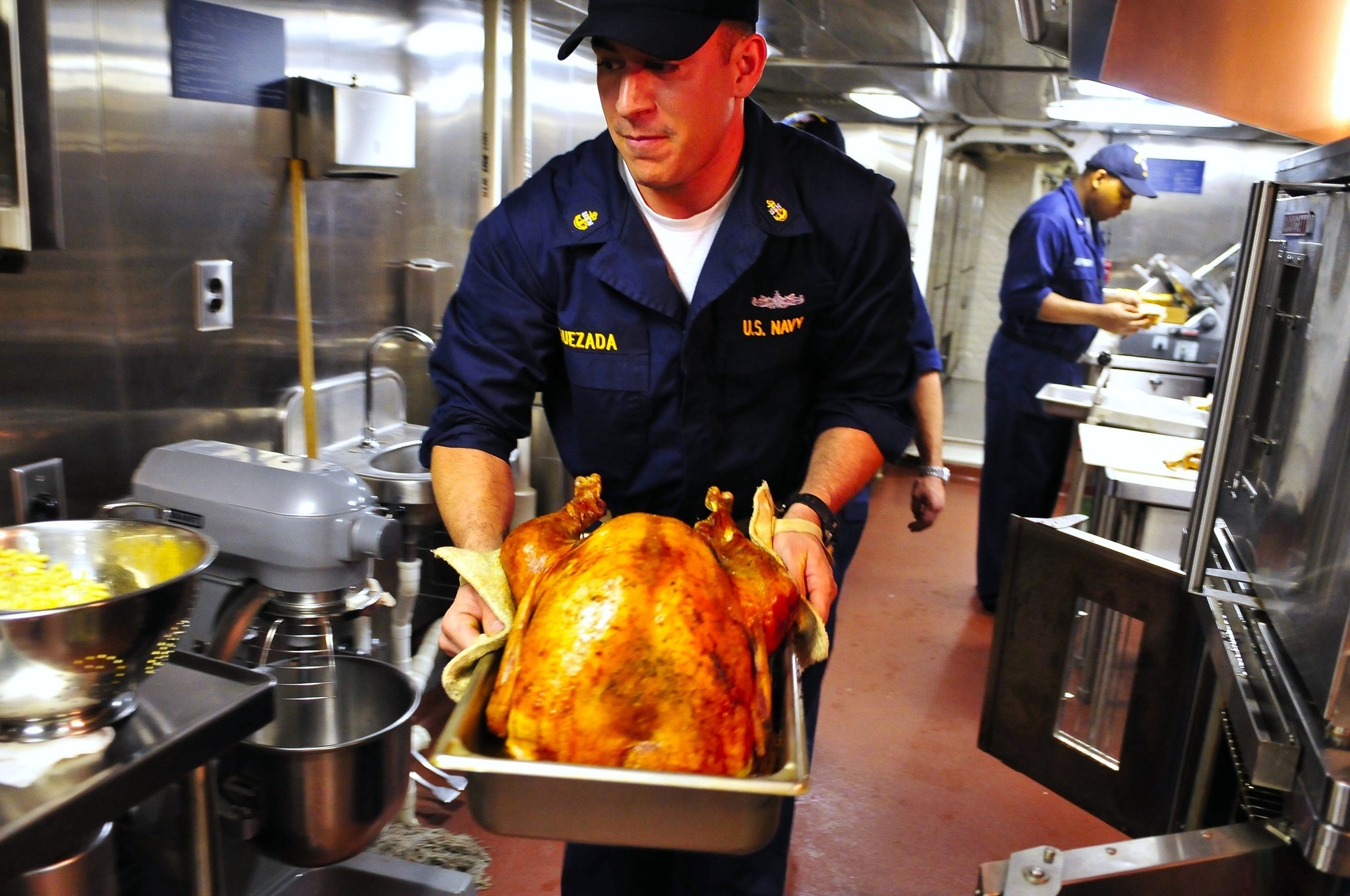USS Independence LCS 2 in San Diego.
It’s officially time to pipe “Taps” for the Little Crappy Ship. Sailors have been calling it that for years, and honestly, they were being polite. I’ve argued forever that the LCS was the wrong ship for the wrong mission in the wrong decade. And I say that not as an armchair critic — I spent time aboard LCS 2, the Independence, and saw its contradictions up close.
The crew? Outstanding. Smart, driven, holding the whole thing together with grit and caffeine.
The ship? A gleaming aluminum diva with the constitution of a Victorian heiress.
And the leadership quirks… unforgettable.
I remember Independence’s captain fussing over polished brass like he was staging a Gilbert & Sullivan operetta. Up top it was all brightwork and pageantry; down below the propulsion plant was performing a tragic opera of its own.
It was the perfect metaphor for the entire LCS experiment: surface sparkle, engineering heartbreak.
Propulsion issues were a way of life. Engines that seized up. Reduction gears that begged for mercy. A power train that acted like it needed a juice box and a nap anytime the ship tried to hit advertised speed. I watched sailors nurse those systems along like ICU techs tending a critical patient. The ship didn’t run because it was good — it ran because the crew refused to let it fail.
That’s the part the press releases never captured:
the LCS floated on sailor skill, not ship design.
So when the Navy commissioned USS Pierre (LCS 38) on Friday in Panama City, Fla., it wasn’t just another ceremony — it was the curtain closing on a long, strange operetta. The last Independence-variant. The final chapter in a program that promised the moon and delivered migraines.
Secretary of the Navy John Phelan gave the usual speech: “President Trump is committed to restoring our shipbuilding capacity…” Fine words. But the truth is the Navy began pushing these ships off the stage as early as 2021, quietly retiring hulls while publicly insisting everything was fine.
It wasn’t. Even the Independence was decommissioned nine years after it hit the water.
The LCS began in 2002 as a PowerPoint fantasy: fast, modular, lethal, and able to swap missions like apps on a phone. What we got was a fleet split between two designs — the Freedom-class steel monohull and the Independence-class aluminum trimaran — neither of which ever mastered the plug-and-play gimmick. What they did master was breaking down, overworking their crews, and proving that survivability ratings matter far more than marketing.
Pierre is a handsome ship. Austal can make aluminum look good.
But reality has a way of clearing its throat.
We’re shifting toward a high-end brawl in the Indo-Pacific, where the adversary is China and the stakes are enormous. The LCS has no meaningful role. It was built for knife fights in shallow water. The next fight is in deep water with people who brought guns.
So the Navy is cutting its losses, shelving the LCS, and pouring its energy into the Constellation-class frigates and the proven workhorses of the fleet.
And rightfully so.
The tragedy — and the triumph — is that the best part of the LCS program was always the sailors. The men and women who kept this aluminum diva alive years longer than it deserved. The ones who carried flawed designs on their backs and made them perform. The ones who polished brass for the operetta above deck while fighting engineering fires below it.
They deserved better ships.
And the Navy knows it.
They carried this flawed ship class longer and farther than it ever deserved — including the crew I met aboard Independence. They were the best proof that American sailors can make just about anything work.
Even the Little Crappy Ship.




